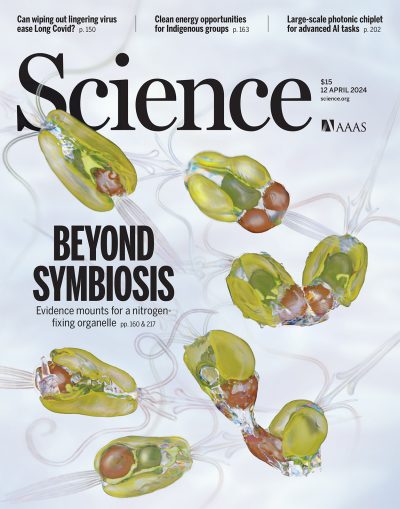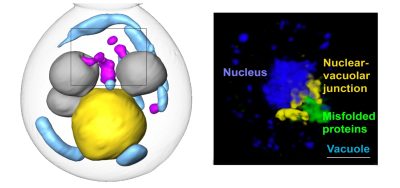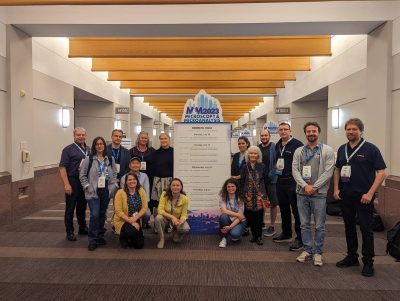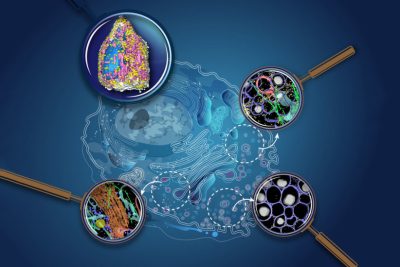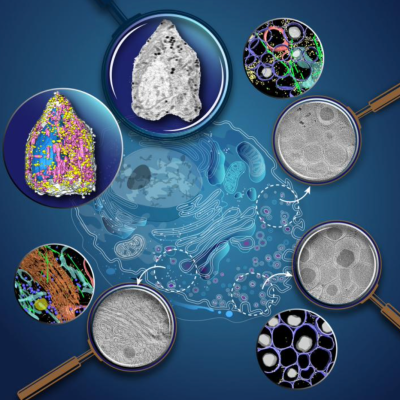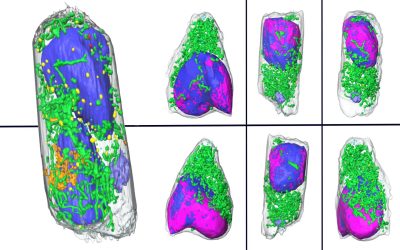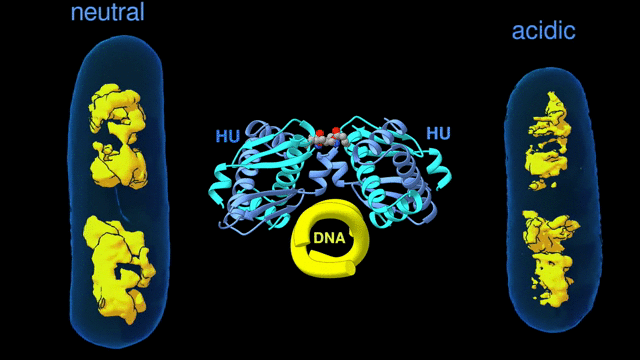Discovery of The First Nitrogen-Fixing Organelle
In two recent papers, a team of scientists led by Jonathan Zehr of UC Santa Cruz (UCSC) describe the first known nitrogen-fixing organelle within a eukaryotic cell. The organelle, which they dubbed nitroplast, is the fourth example in the history of life on this planet of a prokaryotic cell being engulfed by a eukaryotic cell [...]

